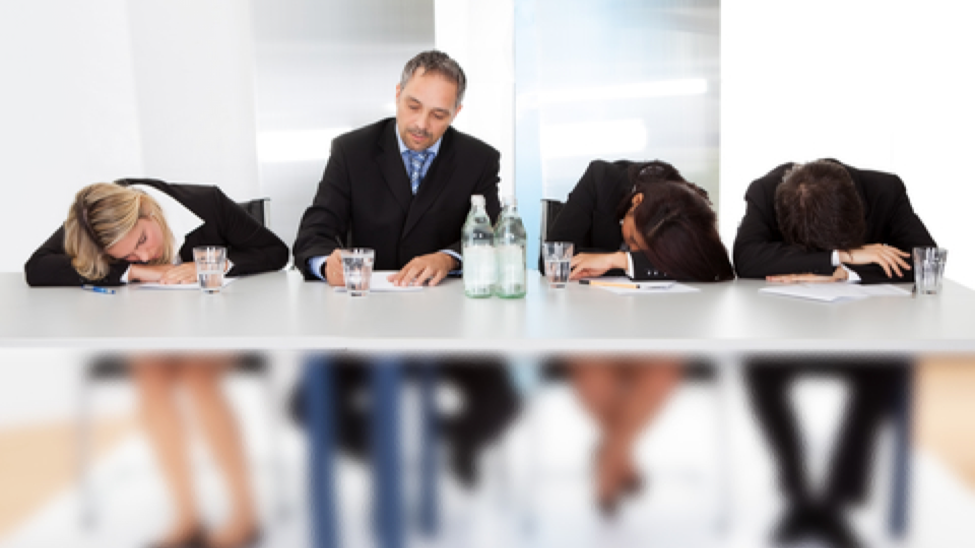Dikram Husseindjian is a former VP of Sales at Apple Inc, Canada.
Dikram is now senior partner at Embrase a consulting firm in Montreal, QC. “For the past eight years he was National Sales Manager at Apple Canada, leading the sales team to top performance in revenue and profitability growth. Prior to joining the information technology sector, he spent 5 years in marketing and product management in the manufacturing sector for companies that include Honeywell, Bristol-Meyers and Hunter Douglas.”
He was invited by iNovia Capital and gave a one-hour long presentation on sales strategies.
One of the mistakes Dikram says sales representatives make, is that they keep the CEO of the company they are trying to sell to, involved throughout the sales process.
While Dikram says that a sales representative should start to enter as high as possible, including CEO level, he recommends that after this initial step, the CEO be not involved with details in the middle parts of the sales process. Instead, he should be called again in the closing stages of the process.
The sales process itself is composed of six steps:
Discovery -> Qualifying -> Evaluating -> Decision -> Purchase-> Deploy
Throughout this process, three key variables will have varying degrees of importance.
Solution Fit: critical at first but decreases in importance.
Price: important at the beginning and end of the process.
Risk: rises for the potential purchaser as time passes.
In short, sales is about strategy and formalising procedures rather than a series of improvisations.




